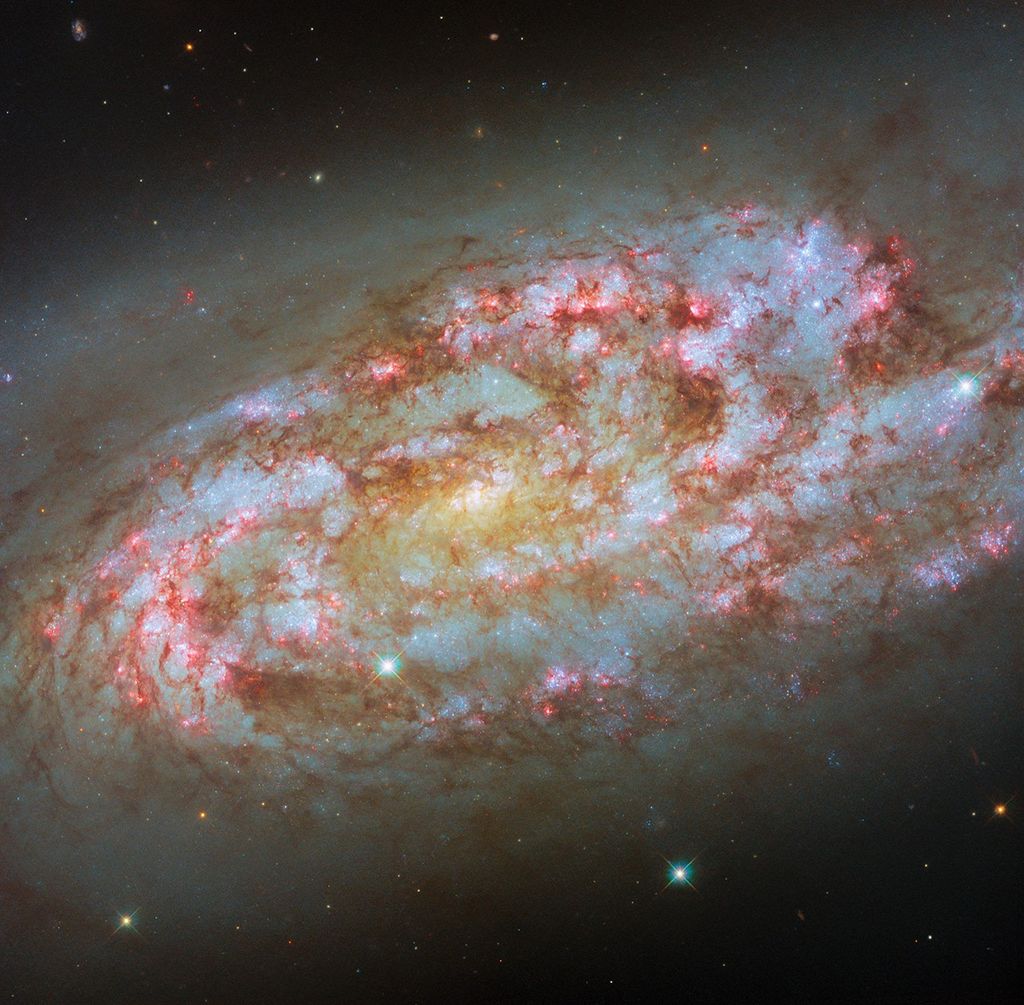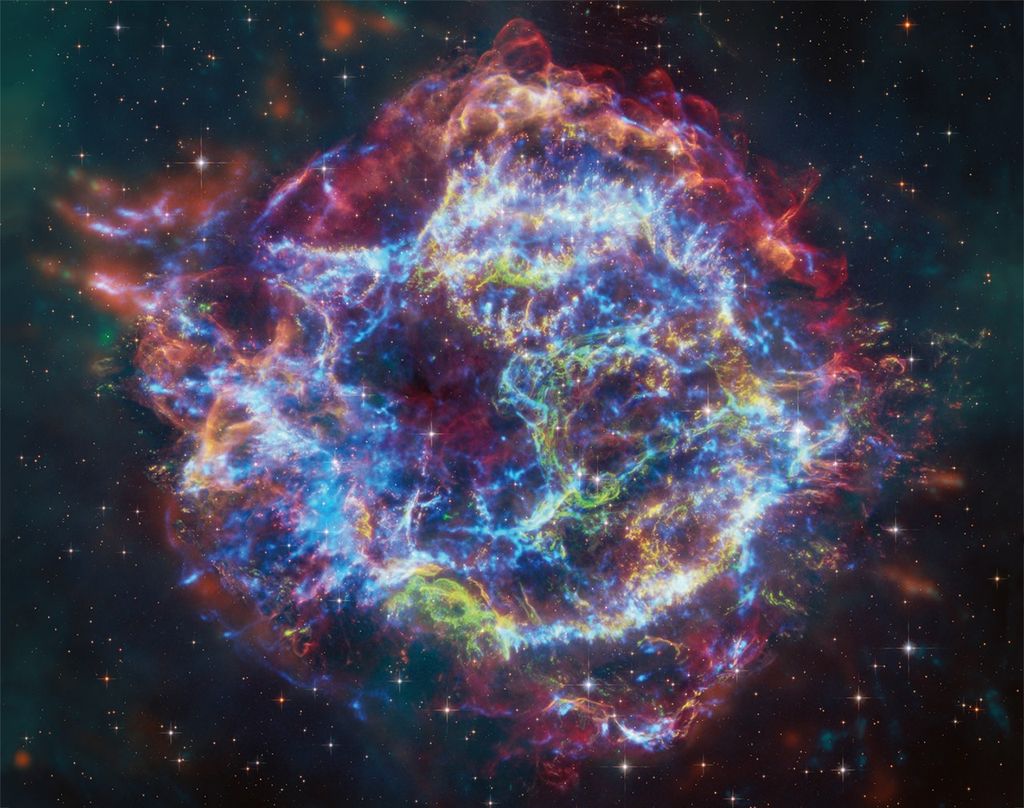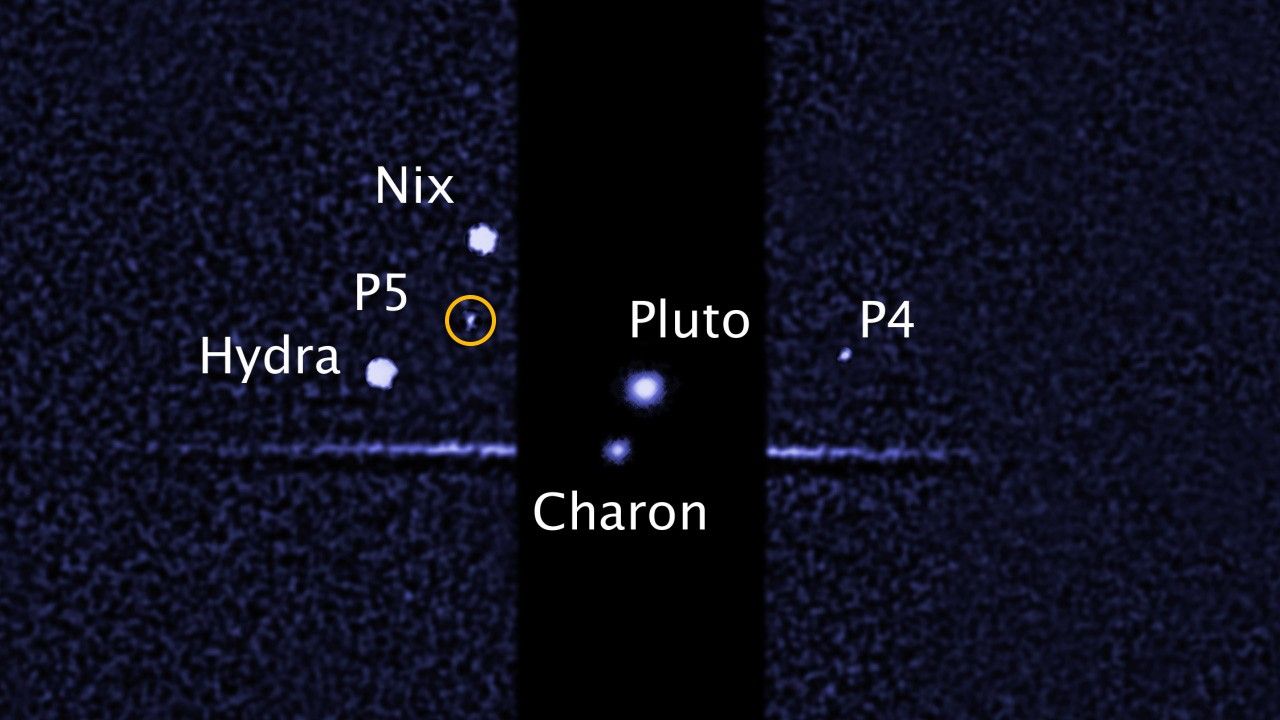1 min read
Hubble Discovers a Fifth Moon Orbiting Pluto (Unannotated)

About the Object
- DistanceDistanceThe physical distance from Earth to the astronomical object. Distances within our solar system are usually measured in Astronomical Units (AU). Distances between stars are usually measured in light-years. Interstellar distances can also be measured in parsecs.Although its orbit is highly eccentric, Pluto's average distance from the Sun is 39.44 astronomical units (roughly 3.6 billion miles or 5.9 billion kilometers). P5's distance from Pluto is 26,000 miles or 42,000 kilometers.
- DimensionsDimensionsThe physical size of the object or the apparent angle it subtends on the sky.Pluto has a diameter of roughly 1,416 miles (2,280 kilometers) at the equator.
About the Data
- Data DescriptionData DescriptionProposal: A description of the observations, their scientific justification, and the links to the data available in the science archive.
Science Team: The astronomers who planned the observations and analyzed the data. "PI" refers to the Principal Investigator.This image was created from HST data from proposal 12801: H. Weaver (APL/JHU), M. Showalter (SETI Institute), S.A. Stern, M. Buie, W. Merline, and A. Steffl (Southwest Research Institute), H. Throop (Planetary Science Institute), and R. Soummer and M. Mutchler (STScI) - InstrumentInstrumentThe science instrument used to produce the data.HST>WFC3/UVIS
- Exposure DatesExposure DatesThe date(s) that the telescope made its observations and the total exposure time.June 26, 27, 29, 2012 and July 7 and 9, 2012
- FiltersFiltersThe camera filters that were used in the science observations.F350LP (long pass)
- Object NameObject NameA name or catalog number that astronomers use to identify an astronomical object.P5, S/2012 (134340) 1
- Object DescriptionObject DescriptionThe type of astronomical object.Fifth Discovered Moon of Pluto
- Release DateJuly 11, 2012
- Science ReleaseHubble Discovers a Fifth Moon Orbiting Pluto
- Credit

This image was originally black and white and recorded only overall brightness. These brightness values were translated into a range of bluish hues. Such color "maps" can be useful in helping to distinguish subtly-varying brightness in an image. The colors in this image are not what human eyes would see looking at Pluto.

Related Images & Videos
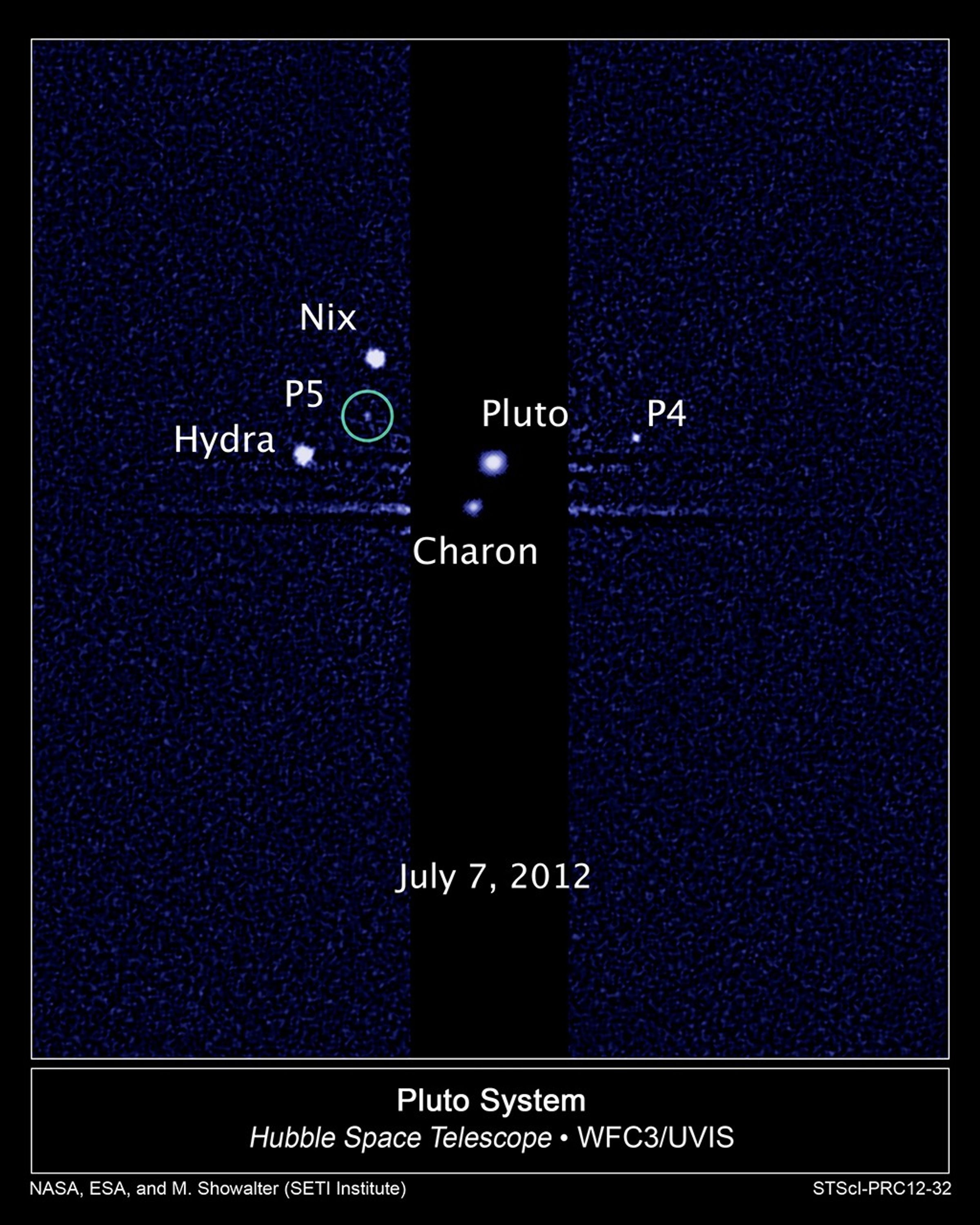
Hubble Discovers a Fifth Moon Orbiting Pluto
This image, taken by NASA's Hubble Space Telescope, shows five moons orbiting the distant, icy dwarf planet Pluto. The green circle marks the newly discovered moon, designated P5, as photographed by Hubble's Wide Field Camera 3 on July 7. Other observations that collectively...
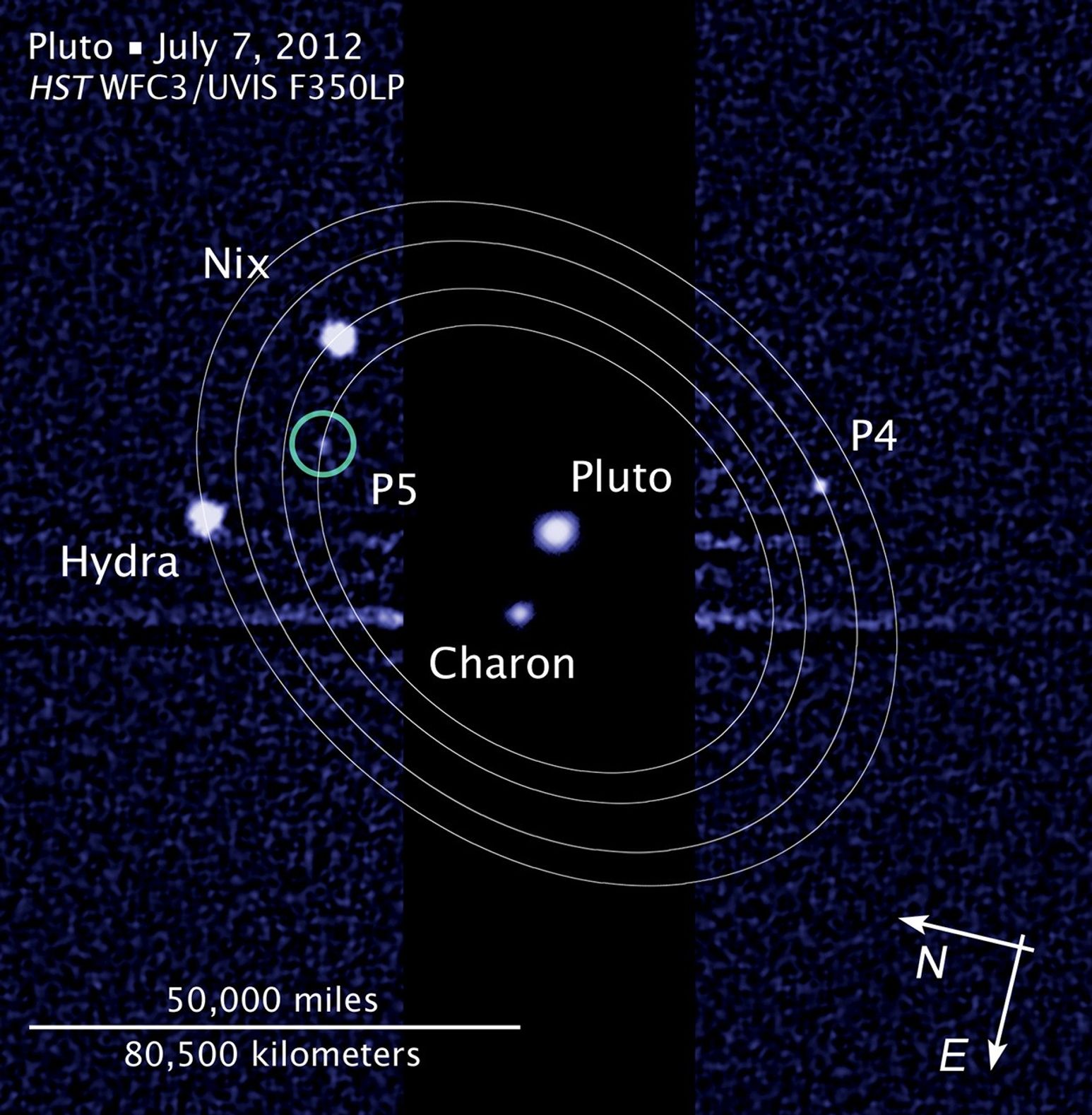
Compass and Scale Image of Pluto
This image, taken by NASA's Hubble Space Telescope, shows five moons orbiting the distant, icy dwarf planet Pluto. The newly discovered small moon, designated P5, is the innermost of the moons found by Hubble over the past seven years. The diagram shows that P5 is in a...
Share
Details
Claire Andreoli
NASA’s Goddard Space Flight Center
Greenbelt, Maryland
claire.andreoli@nasa.gov













